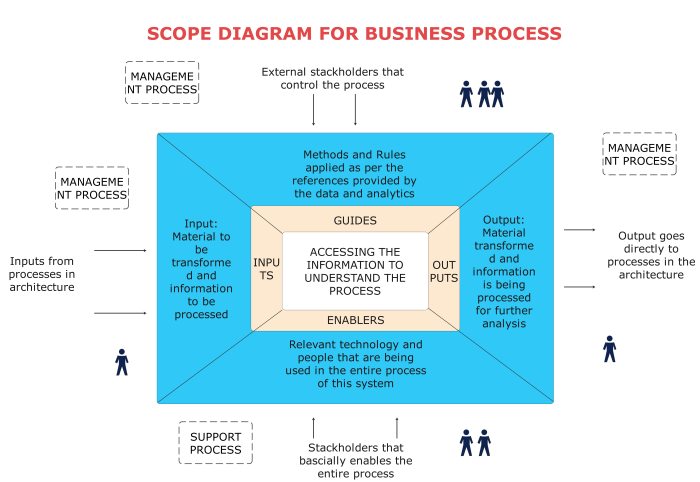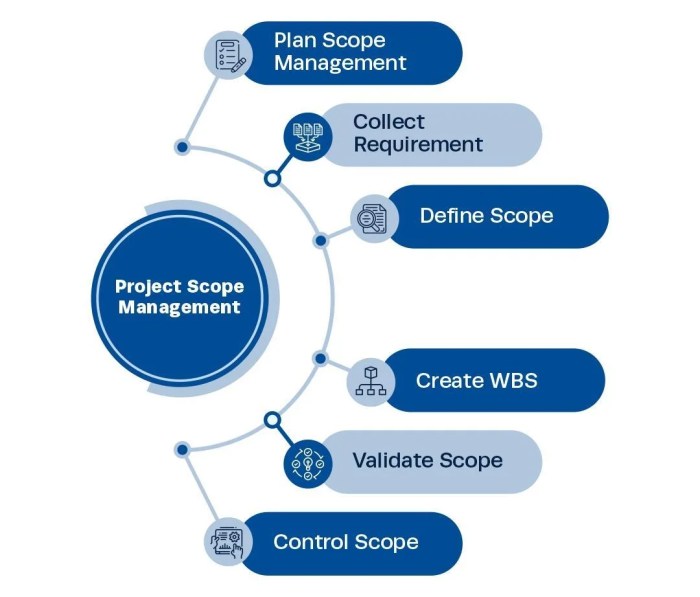What is the first step in information security eduhero – Information security is a critical aspect of protecting data and systems from unauthorized access, use, disclosure, disruption, modification, or destruction. Understanding the fundamentals of information security is the first step towards ensuring the confidentiality, integrity, and availability of information assets.
This comprehensive guide provides an overview of the key concepts, best practices, and essential steps involved in establishing a robust information security framework. By delving into the intricacies of information security, organizations and individuals can effectively safeguard their sensitive data and mitigate potential risks.
1. Understanding the Fundamentals of Information Security

Information security is the practice of protecting information from unauthorized access, use, disclosure, disruption, modification, or destruction. The key concepts of information security are confidentiality, integrity, and availability.
Confidentiality means that information is only accessible to authorized individuals. Integrity means that information is accurate and complete. Availability means that information is accessible when needed.
Threats to information security include natural disasters, human error, and malicious attacks. Vulnerabilities are weaknesses in information systems that can be exploited by threats.
Risk management is the process of identifying, assessing, and mitigating risks to information security. It is important to have a risk management plan in place to protect information assets from potential threats.
2. Identifying and Classifying Information Assets: What Is The First Step In Information Security Eduhero

Information assets are any type of information that has value to an organization. This can include data, software, hardware, and intellectual property.
It is important to identify and classify information assets so that they can be protected appropriately. The value and sensitivity of an information asset will determine the level of protection that is required.
Data classification is the process of assigning a classification level to information assets. This classification level will determine who has access to the information and how it can be used.
3. Implementing Security Controls

Security controls are measures that are put in place to protect information assets from threats. Common security controls include access control, encryption, and firewalls.
Access control is the process of controlling who has access to information. Encryption is the process of converting information into a form that cannot be easily read or understood. Firewalls are network security devices that block unauthorized access to a network.
The principle of defense-in-depth is a security strategy that involves using multiple layers of security controls to protect information assets. This makes it more difficult for attackers to compromise a system.
It is important to regularly review and update security controls to ensure that they are effective against the latest threats.
4. Managing Information Security Incidents
An information security incident is an event that could result in the compromise of information assets. Incidents can be caused by natural disasters, human error, or malicious attacks.
The incident response process is the process of responding to and recovering from an information security incident. The incident response process typically involves the following steps:
- Detection: Identifying that an incident has occurred.
- Containment: Stopping the incident from spreading.
- Eradication: Removing the cause of the incident.
- Recovery: Restoring the affected systems and data.
Forensics is the process of investigating an information security incident to determine the cause of the incident and identify the responsible parties.
It is important to have an incident response plan in place to ensure that an organization is prepared to respond to and recover from an information security incident.
5. Security Awareness and Training

Security awareness is the understanding of the importance of information security and the role that individuals play in protecting information assets.
Security training is the process of educating individuals about information security risks and how to protect information assets.
It is important to have a security awareness and training program in place to ensure that all employees are aware of the importance of information security and how to protect information assets.
Security champions are individuals who are responsible for promoting a culture of security within an organization. Security champions can help to raise awareness of information security risks and encourage employees to follow security best practices.
Common Queries
What are the key principles of information security?
Confidentiality, integrity, and availability.
What is the role of risk management in information security?
To identify, assess, and mitigate potential threats and vulnerabilities.
What are common security controls used in information security?
Access control, encryption, firewalls, intrusion detection systems, and security monitoring.
What is the importance of security awareness training?
To educate employees about security risks and best practices to prevent security incidents.